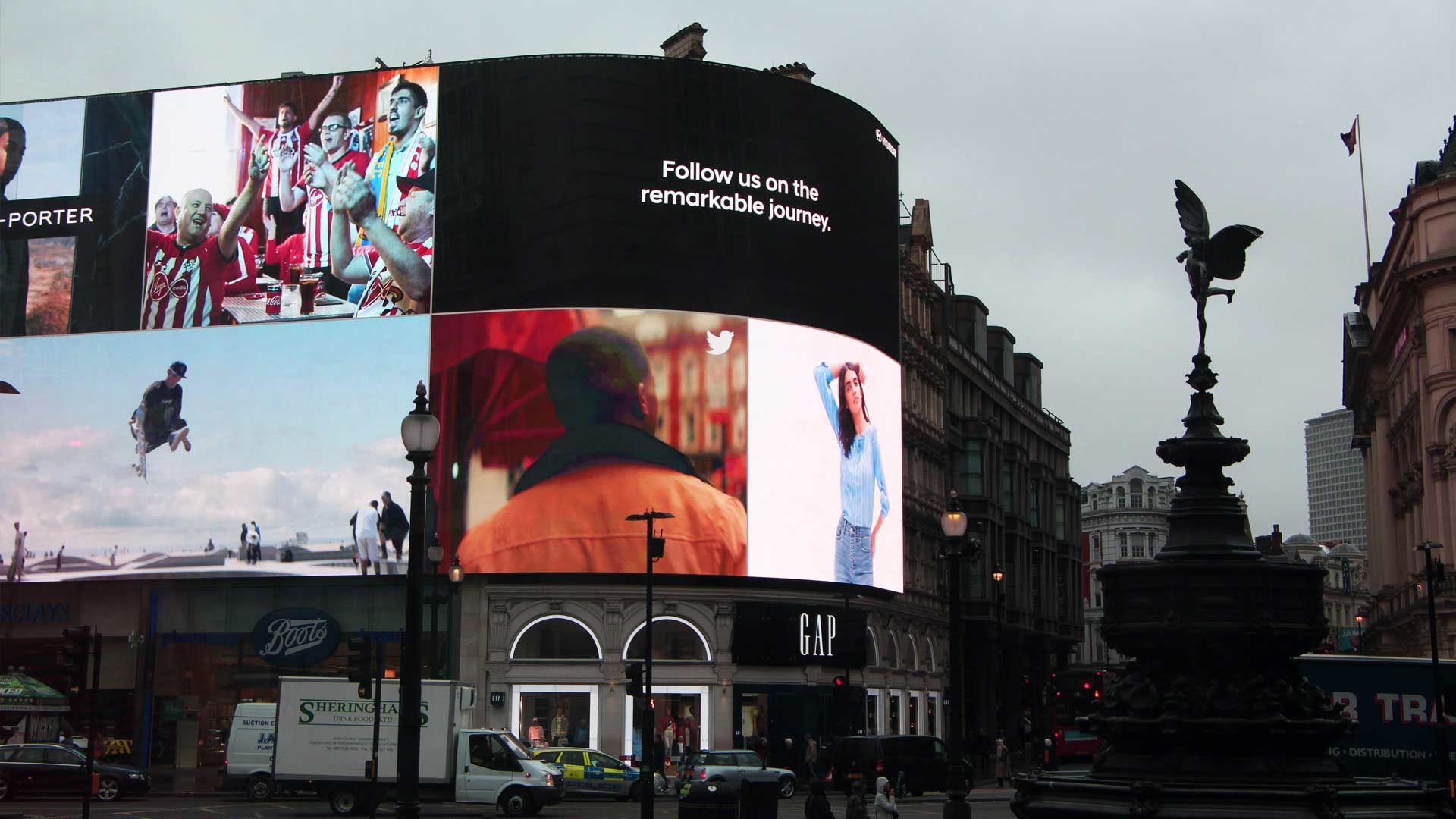Awareness can be a scary word for marketers.
I like to think of paid awareness campaigns as the luxury motor vehicles of digital marketing tactics. They seem like this extremely expensive and unnecessary purchase that would be nice to have, but it’s not practical. But, at Element Three we all know that brand awareness, if done right, can be crucial to a brand’s success and shouldn’t be something marketers ignore.
So, why aren’t more companies investing in awareness in digital advertising?
In this post we break down those misconceptions. We’ve outlined what brand awareness is, how it fits into your holistic advertising strategy, and even given tips on how to get started.
What Is Brand Awareness (and Why Is It Important)?
Brand awareness is commonly defined as the degree of consumer recognition of your brand. It measures a consumer’s ability to recognize a brand image and also associate it with a product or service. Ultimately, it’s a way to gain trust with the consumer and invoke positive associations with your brand so you continue to be their brand of choice when they’re ready to buy.
Brand awareness can lead to brand loyalty. And it’s especially important today to work on brand loyalty when many markets are so crowded. Your brand could be the only thing that differentiates you from your competitors. It’s not easy to stand out under the best of circumstances, but when you’re competing in a crowded and challenging market, it’s far more difficult.
When consumers have developed brand loyalty, they’re more likely to purchase a brand they know instead of searching around when they’re in need of a product. You can’t assume that people will want to buy from you, even if they’ve already been a customer in the past. It’s easy to lose a customer, and the less loyalty an individual buyer feels toward your business, the easier it is for them to choose a competitor.
How Awareness Fits Into Your Advertising Strategy
Advertising is not the only way to generate awareness. It’s commonly done through inbound marketing channels like social media. Although these things should be done in tandem, paid advertising is a great way to get your brand in front of those who have never heard of you before.
When developing your advertising plan, you should think of awareness tactics in two separate tiers. Below is an example of the channels used in each stage of an advertising funnel. You can see that the traditional channels like local TV and print ads are higher in the funnel than digital channels like Facebook, digital audio, and connected TV.

Channels used in each stage of an advertising funnel
Traditional advertising tactics are often used for awareness because they’re great at reaching a mass audience. A digital advertising approach to awareness is much more targeted and that’s why we consider them lower in the funnel. Digital channels can be a much more cost effective way of generating brand awareness because we’re able to pinpoint the exact type of person we’re trying to reach.
Why Digital Awareness Campaigns Are Often Skipped
I believe there are three main concerns that make awareness campaigns less of a priority for marketers:
- They can be expensive
- It can be hard to prove their effectiveness to leadership
- Your brand isn’t defined yet
Let’s address those concerns.
Concern #1: They Can Be Expensive
When people hear the word “awareness,” they often think mass reach, or anyone and everyone. And yes, that approach can require a lot of money! While it’s true that the goal of awareness campaigns is often to reach new eyes, luckily we’re able to be very targeted about who we’re reaching on digital platforms. We don’t want to reach just anyone—we want to reach people with specific characteristics that are similar to our current customers. That’s why digital can be a much more cost-effective approach to generating brand awareness. Try borrowing some of your traditional dollars to run a test on a digital platform for a start.
Concern #2: It Can Be Hard to Prove Effectiveness to Leadership
It is true, awareness campaigns are simply harder to measure.
Before Google Ads and Facebook Business Manager, we had only traditional means of advertising like billboards, radio, and television. While those can still be effective tactics, when digital hit the scene, naturally marketers became accustomed to the amount of information that a digital advertisement could provide.
It can be difficult to invest in awareness campaigns when you’re used to tying paid media spend directly to a lead or purchase. Because of this, companies often focus all of their digital advertising dollars on lead generation only. This can make it hard to scale lead gen if your goals aren’t diversified, and you’ll eventually hit a plateau.
When embarking on your digital awareness journey, make sure to pay attention to these metrics to infer the effectiveness of your campaign and show that effectiveness to leadership.
- Direct traffic: an uptick in direct traffic can be a strong indication that awareness is working. These are people that remembered the URL of your brand specifically. Pay special attention even 30-60 days after a campaign ends.
- Social engagement: social followers, likes, comments, and shares can all be a result of brand awareness.
- Brand search volume: Compare year-over-year search volume from when campaigns were running to when they weren’t.
- View-through micro conversions: micro conversions are small actions that lead to your primary goal, which is typically a lead or a sale. Make sure to track people that see your ad and come back to interact with your site. Things like video plays or button clicks often lead to form fills.
- Performance of other campaigns (especially brand): Your target audience will be more likely to convert on an ad with a call to action if they recognize and have a positive perception of the brand. Pay attention to trends in performance of your other lead gen campaigns while an awareness campaign is running. Watch any branded search campaigns especially closely, as brand campaigns are often the last place consumers convert.
Ultimately, what really matters is what executives or key stakeholders care about, and that’s the bottom line. It’s important to first gain a solid understanding of your leadership’s goals and establish KPIs that align with those. So, make sure to outline the goals of each of your campaigns as well. Here’s an example of what those goals might look like for each stage of the funnel:

What goals might look like for each stage of the funnel
Concern #3: Your Brand Isn’t Defined Yet
Before launching an awareness campaign, ask yourself what the creative would look like for this campaign. What kind of messaging are we going to use? If you can’t answer that question, your company might need to define its brand.
You do need a brand to market in order to run an effective brand awareness campaign. If you don’t understand who you are, you can’t develop consistent messaging and creative that will resonate with consumers. Knowing how brand awareness fits into your advertising plan is great, but you can’t execute a campaign until you understand your actual brand.
Defining your brand is essential. That starts with identifying your why. When you start with “why,” you’re focusing on the impact of what you do rather than the thing itself. And by focusing on that impact you’re not only able to stand out from your direct competitors, you’re able to stand out amongst all the other messages and companies vying for the attention of your audience.
You also need to have a strong grip on who your competitors are and how you compare—otherwise, you can’t communicate that to your customers. That means you’re going to want to do some brand research—on yourself and your competitors—before you do anything else.
Face Your Fears…and Win
They say one way to overcome a fear is to imagine the worst possible outcomes, then become okay with them. Once you can confidently address the concerns I’ve outlined, you’re on your way to running an effective awareness campaign. It all comes from having a solid understanding of your brand identity, creating a plan for how to voice it, and measuring the results.





